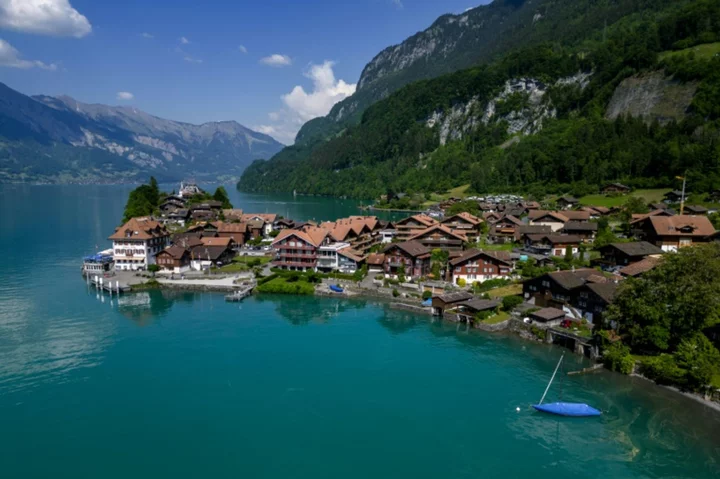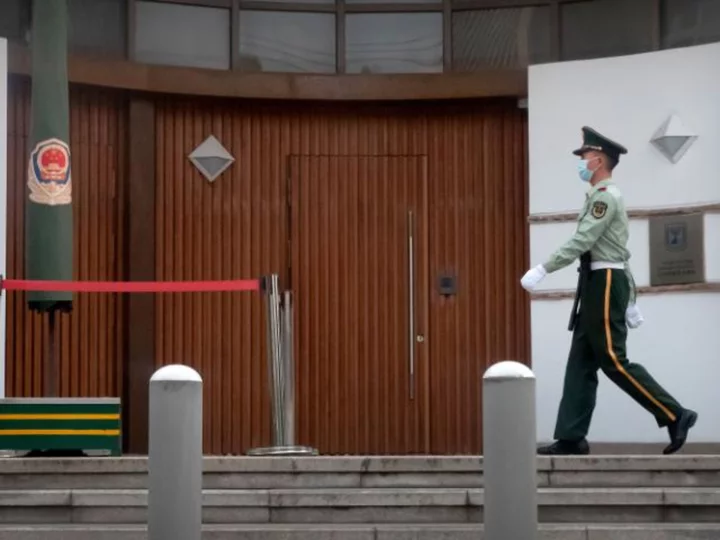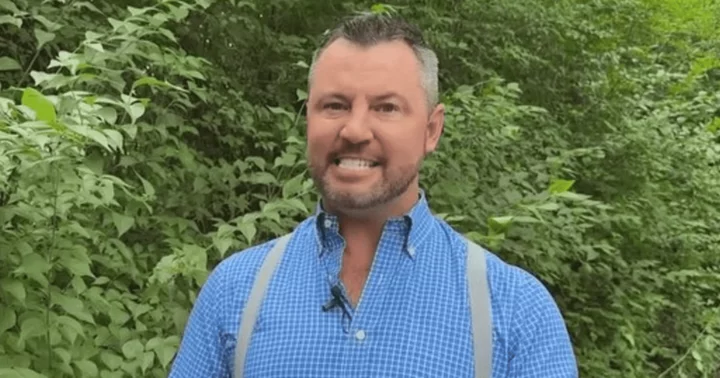One of the most exceptional heat streaks in US history finally ended Monday when Phoenix's high temperature peaked under 110 degrees Fahrenheit for the first time in a month, a cumulative toll that has catapulted the city to the top of the record books. But the heat is far from over for Phoenix and millions of others across the Central US.
Tuesday's high temperature was 108 degrees in Phoenix, or 2 degrees above average. The 31 consecutive days at 110 degrees or above broke the previous record by 18 days.
It wasn't just high temperatures breaking records: The city also set a new record warm low temperature of 97 degrees during the streak. With temperatures warming up to extreme highs and hardly cooling down overnight, July averaged a record-shattering 102.7 degrees for the month, the hottest month on record for any US city, let alone Phoenix, according to the office of the Arizona State Climatologist.
"It's been a year of abnormalities and streaks, so it's just a testament to just how strange this year has been," said Ryan Worley, meteorologist for the National Weather Service office in Phoenix.
July 2023 will go down in history books for many locations across the US southern tier.
More than two dozen cities from California to Florida could end up setting records for the warmest July. Baton Rouge, Louisiana, Kingman, Arizona, Miami and Las Vegas, have already clinched the number one spot for the warmest July on record.
These are just numbers that have manifested into a very real danger for people and animals.
The heat has taken a deadly toll
At least 25 people have died from heat so far in 2023 in Maricopa County, home to Phoenix, with 249 other deaths still under investigation for a possible heat connection, according to the Maricopa County Department of Public Health.
July is typically the deadliest time of the year for heat-related deaths, but this year has been "worse than prior years," Maricopa County spokesperson Jason Berry previously told CNN affiliate KTVK/KPHO. The fear of a surge in heat-related deaths prompted the Maricopa County medical examiner to bring in 10 refrigerated containers last week to handle a possible overflow of bodies.
Twenty-five-year-old farm worker Dario Mendoza was one of the Arizonans that died from suspected heat-related causes in July. He collapsed in a Yuma, Arizona, field on July 20 when temperatures climbed as high as 116 degrees, Yuma County Sheriff's Office spokesperson Tania Pavlak told CNN. Mendoza is one of a legion of outdoor workers who have had little option but to brave the heat and its extreme risk to human health.
Multiple people have died in National Parks this year from the heat, police dogs even died from heat-related illness in Indiana after an air conditioning failure, authorities said. Even cactuses are succumbing to the Arizona heat.
The heat is far from over
The end of July did not bring an end to the relentless heat. August will start as July finished with oppressive heat across much of the Central US.
Heat alerts are in effect for more than 50 million people from the Southern Plains to the Lower Mississippi River Valley where the "feels like" temperature will reach 110 degrees or more.
What is the "feels-like" temperature or heat index?
North Texas, including the Dallas Metroplex, could get as high as 111 degrees Tuesday and Wednesday.
Heat indexes could climb as high as 115 degrees for New Orleans and Baton Rouge, Louisiana.
Even Phoenix will be back in the extreme heat by Wednesday, as the dome of high pressure that's responsible for creating this massive heat waves shifts once again to the west.
Temperatures topping 110 degrees will arrive in Phoenix again by Wednesday. Highs on Sunday could reach 116 degrees so the city will once again be under heat alerts beginning Friday and lasting through the weekend.









